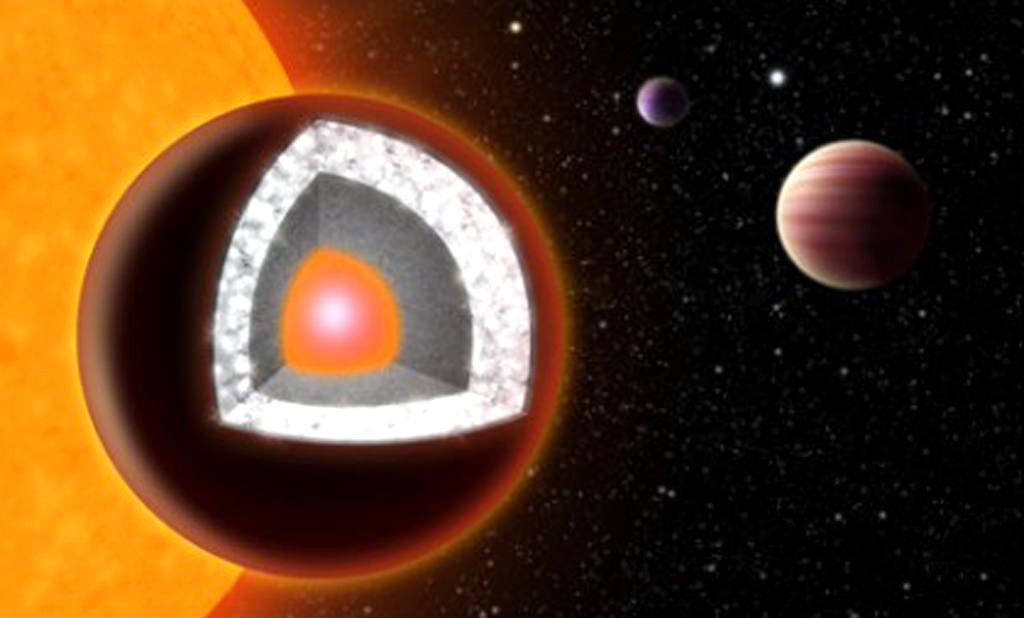A precious planet? Don’t think so fast, a new study says. The so-called “diamond super-Earth“, 55 Cancri e, may actually have a different composition than initially expected.
The team examined previous observations of the system, which is 40 light years from Earth, and said that there is less carbon (or what diamonds are made of) than oxygen in the planet’s star.
“In theory, 55 Cancri e could still have a high carbon to oxygen ratio and be a diamond planet, but the host star does not have such a high ratio,” stated University of Arizona astronomy graduate student Johanna Teske, who led the study.
“So in terms of the two building blocks of information used for the initial ‘diamond-planet’ proposal – the measurements of the exoplanet and the measurements of the star – the measurements of the star no longer verify that.”

The difficulty is it’s not so easy to send a spacecraft to a planet that is so far away from us, so we can’t do any close-up observations of it. This means that astronomers rely on methods such as absorption spectra (looking at what chemical elements absorb light at different wavelengths) of a star to see what it is made of.
The astronomers said there had been only a single oxygen line found in the last study, and they feel that 55 Cancri is cooler than the sun and has more metals into it. This conclusion would imply that the amount of oxygen in the star “is more prone to error.”
There are, however, a lot of moving pieces to this study. How do you know if a planet and star have similar compositions? How to accurately model a planet that you can’t see very well with conventional telescopes? How to best measure chemical abundances from afar? Teske acknowledged in a statement that her work may not be the definitive answer on this planet, so it will be interesting to see what comes out next.
The study has been accepted into the Astrophysical Journal. In the meantime, you can read the preprint version on Arxiv.
Source: University of Arizona

